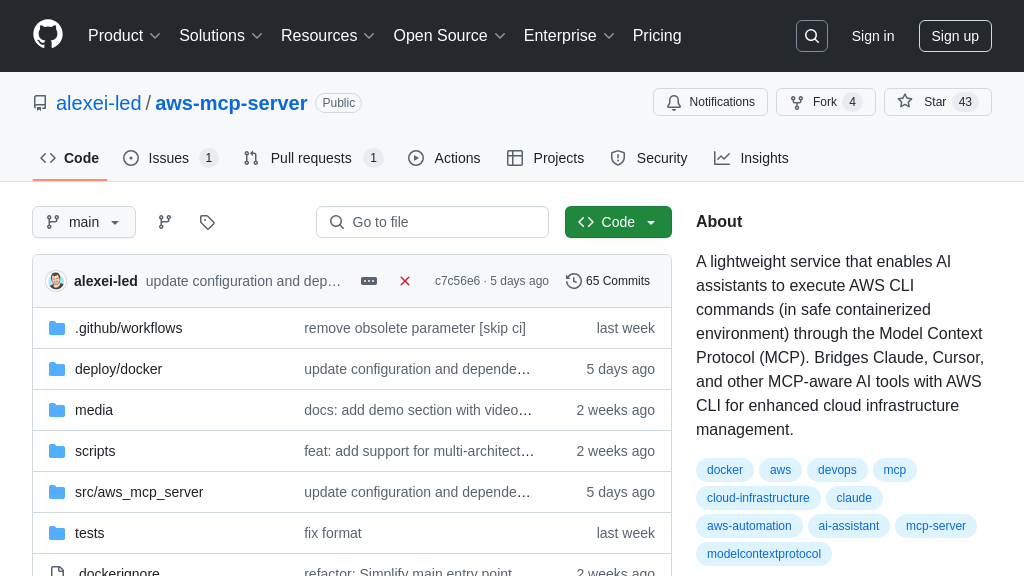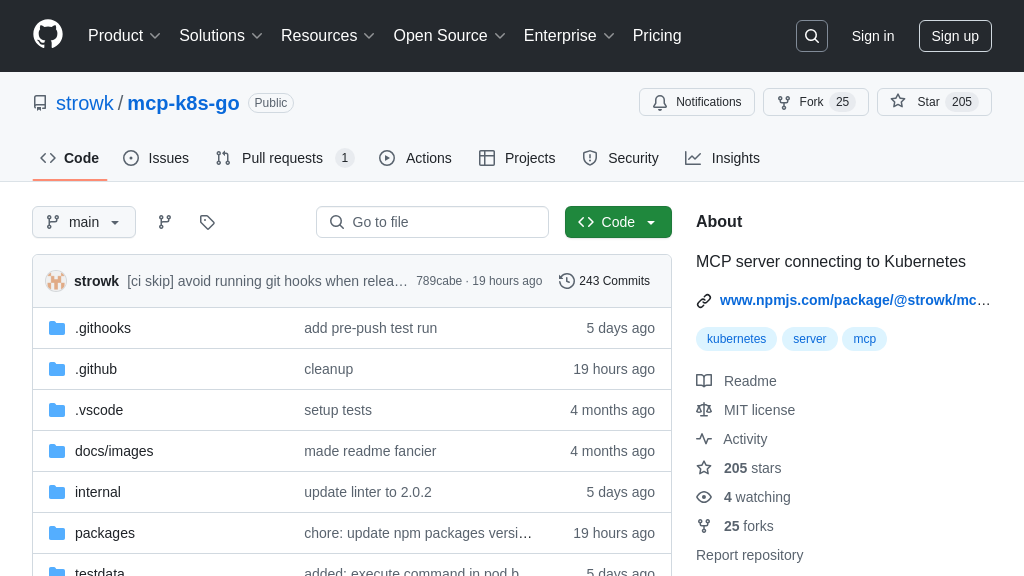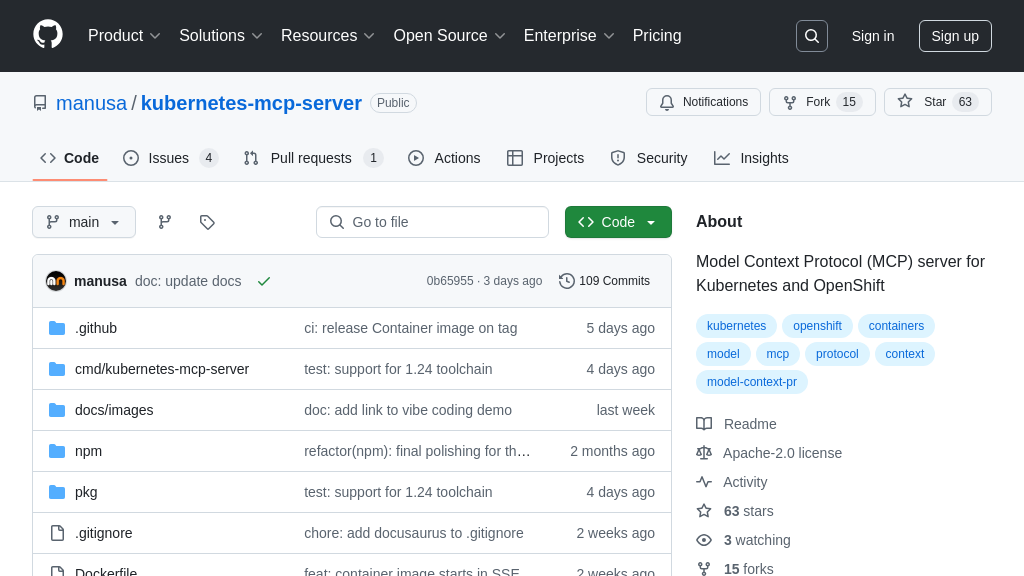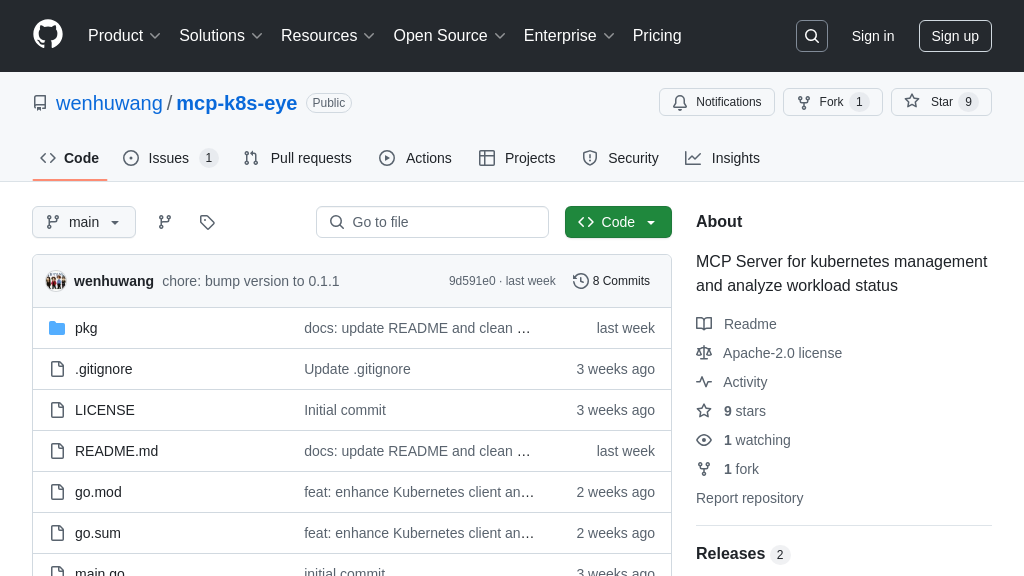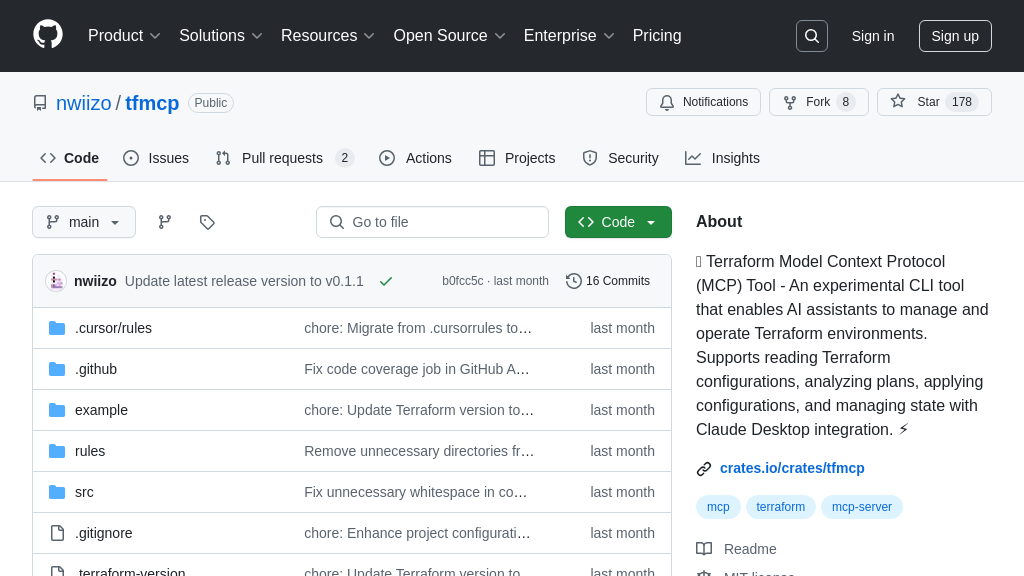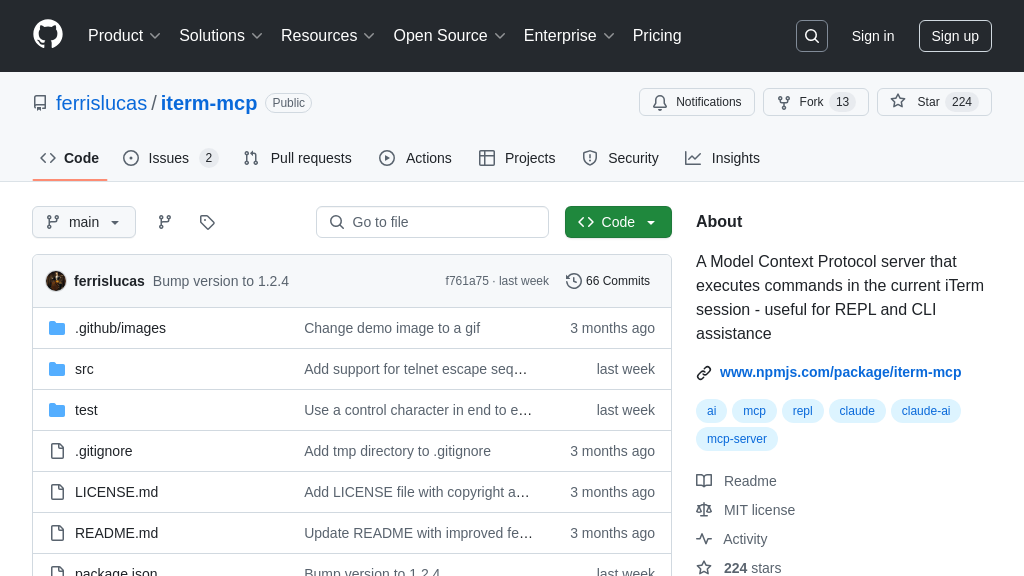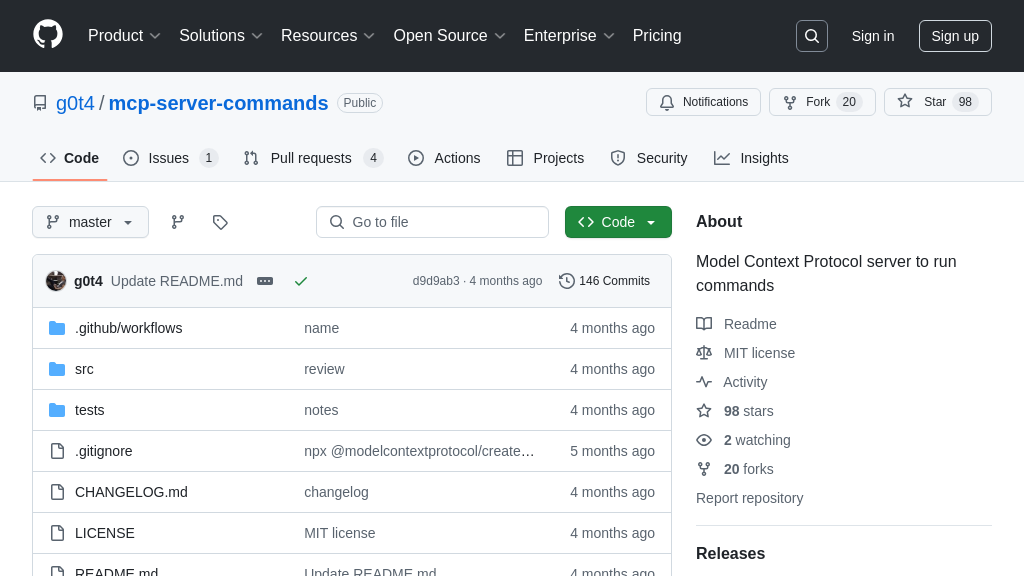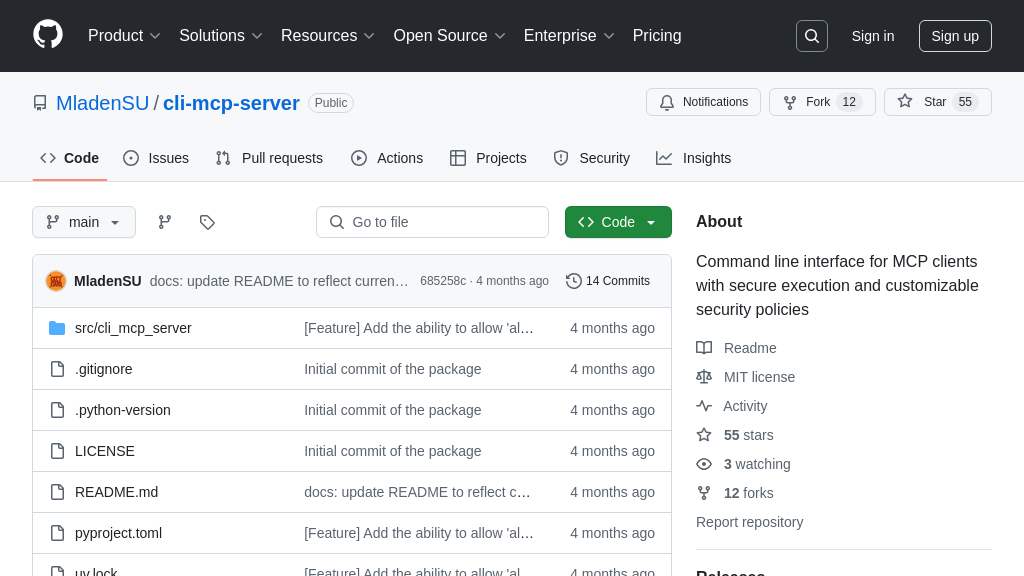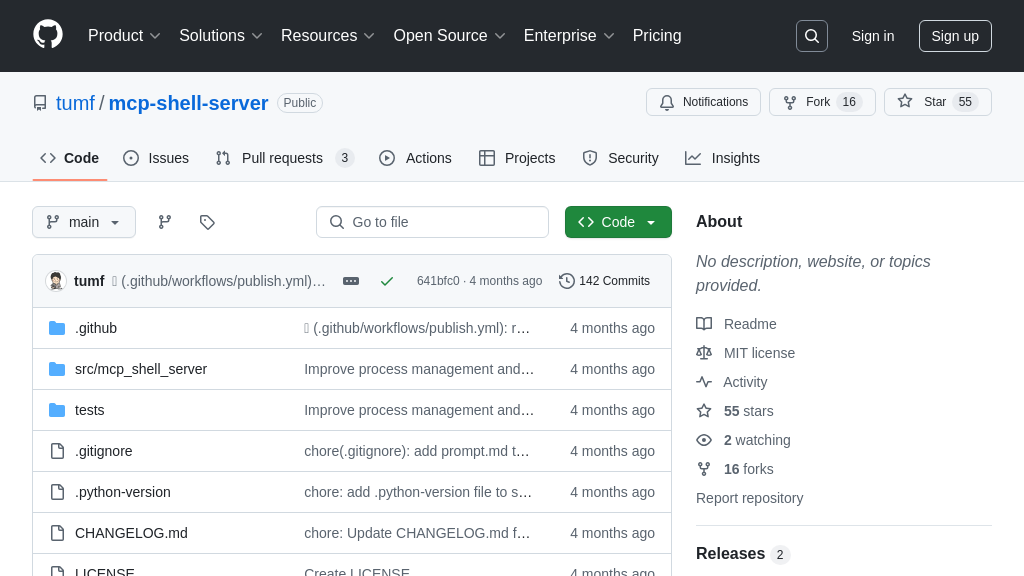mcp-filesystem-server
mcp-filesystem-server: Secure file system access for AI models via MCP. Read, write, and manage files safely.
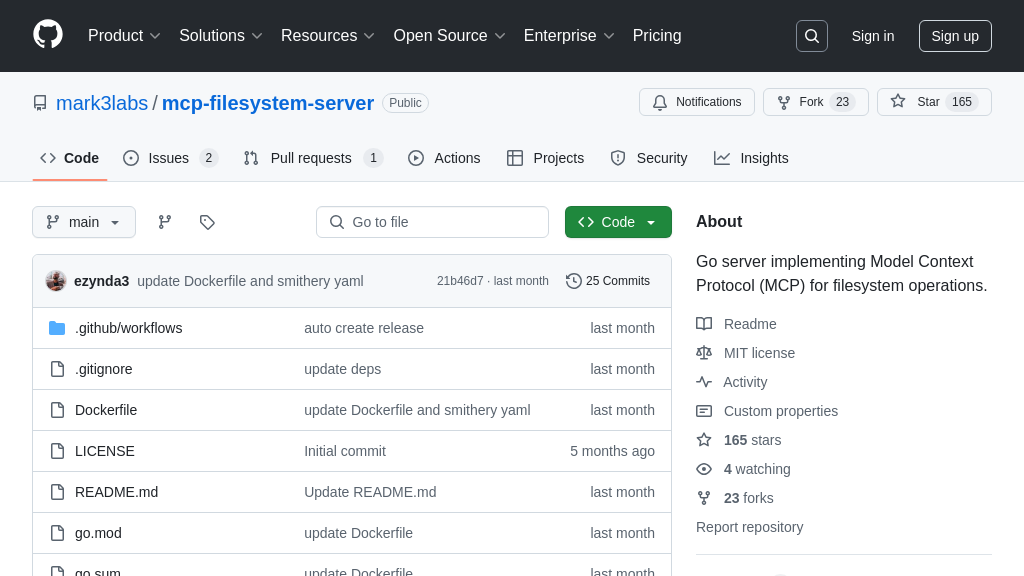
mcp-filesystem-server Solution Overview
The mcp-filesystem-server is a Go-based MCP server designed to provide AI models with secure access to file system operations. It acts as a bridge, enabling models to read, write, create, delete, move, and search files within specified directories. This server empowers AI to interact with local files, facilitating tasks like data analysis, content generation, and automated file management.
Key features include reading and writing files, creating and listing directories, moving files, searching files based on patterns, and retrieving file metadata. The server strictly limits operations to pre-defined directories, enhancing security. AI models interact with the server through the file://system resource, utilizing tools like read_file, write_file, and search_files. By integrating this server, developers can enable AI models to seamlessly interact with file systems, unlocking new possibilities for automation and data processing. It integrates with MCP clients by specifying the server command and allowed directories in the client's configuration.
mcp-filesystem-server Key Capabilities
Secure File Access for AI
The mcp-filesystem-server provides a secure and controlled interface for AI models to interact with the file system. It operates within a client-server architecture, where the AI model acts as the client, requesting file system operations from the server. The server, in turn, executes these operations within a pre-defined, sandboxed directory, preventing the AI from accessing sensitive data outside of the designated area. This is crucial for maintaining data privacy and system integrity when integrating AI with real-world data. The server uses the Model Context Protocol (MCP) to standardize communication, ensuring compatibility with various AI models and platforms.
For example, an AI model designed to summarize documents could use this server to access and process text files within a specific project directory, without the risk of accessing system files or other sensitive information. The server only allows operations within the directories specified during its configuration.
Comprehensive File Management
This MCP server offers a comprehensive suite of file management tools, enabling AI models to perform a wide range of operations, including reading, writing, creating, deleting, moving, and searching files and directories. The read_file and write_file tools allow AI models to access and modify file content, while the create_directory, list_directory, and move_file tools provide the ability to organize and manage the file system structure. The search_files tool enables AI models to locate specific files based on patterns, facilitating efficient data retrieval. These tools empower AI models to automate complex file management tasks, streamlining workflows and improving efficiency.
Consider an AI model designed to automatically organize and categorize images. It could use the list_directory tool to identify all images in a directory, the get_file_info tool to extract metadata such as creation date and image dimensions, and the move_file tool to move the images to appropriate subdirectories based on their characteristics.
Metadata Extraction and Analysis
The get_file_info tool is a key feature, allowing AI models to retrieve detailed metadata about files and directories. This metadata includes file size, creation time, modification time, access time, file type (file or directory), and permissions. This information can be invaluable for AI models that need to understand the context and characteristics of files before processing them. By analyzing metadata, AI models can make informed decisions about how to handle different types of files, optimize processing strategies, and identify potential issues.
For instance, an AI model designed to detect malware could use the get_file_info tool to examine the creation time and modification time of executable files, looking for anomalies that might indicate malicious activity. Similarly, an AI model managing storage resources could use file size information to identify large files that could be compressed or archived.
